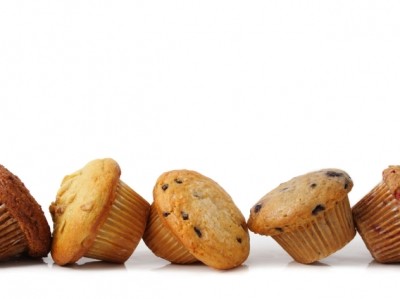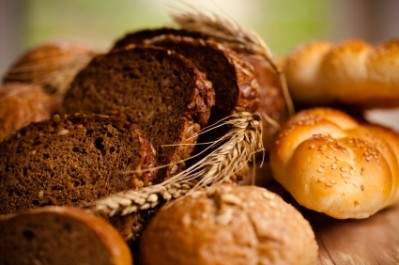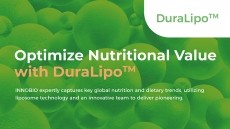Chia seed, tartary buckwheat gluten-free bread ticks nutritional boxes: Research

The research also found that the experimental bread containing 10% chia seed flour and 90% tartary (or bitter) buckwheat flour was higher in protein by 20%, insoluble dietary fibers by 74% and ash by 51% and lower in energy and carbohydrate contents when compared to the control wheat flour bread.
Published in the journal Food Chemistry, it looked at the nutritional profile of bread with six different flour ratios: wheat flour bread (100:0), wheat flour and chia bread (90:10), common buckwheat bread (100:0), common buckwheat and chia bread (90:10), tartary buckwheat bread (100:0) and tartary buckwheat and chia bread (90:10).
Tartary buckwheat improved the total antioxidant capacity of the bread and provided a “considerable amount” of flavonoids, the Italian and Slovenian researchers said.
In addition, the findings suggested tartary buckwheat flour may prevent the oxidation of polyunsaturated fatty acid in bread fortified with 10% chia flour.
These functional properties were achieved without negatively affecting the technological parameters looked at in the trials, they said.
Into the nutritional mix
Despite the higher fat content in chia flour, the total energy value of the 90:10 breads was lower at 255 kcal/100 g than that of the 100:0 wheat bread at 270 kcal/100 g. The researchers suggested this may be due to the higher fibre and protein contents of the 90:10 experiment breads.
The carbohydrate content of chia flour was around 80% lower than that of wheat and buckwheat flour, meaning the carbohydrate content of the 90:10 bread formulations was about 8–12% lower than the 100:0 formulations.
Diabetes, weight management and celiac
The researchers said that these carbohydrate, protein and insoluble fibre contents meant that bakery products containing chia and buckwheat flour may be useful for diabetics and obese people, referencing past research that suggested buckwheat flour in bread may help lower glycemic and insulin indexes.
They added: “The high dietary fibre content in bread fortified with chia seeds may have different healthy functions, including the following: increasing post-meal satiety, decreasing subsequent hunger, contributing to recovery from constipation, and finally functioning as prebiotics. In addition, both chia flour and buckwheat flour contain no gluten. Hence, chia/buckwheat bread can also be ingested by celiac disease patients.”
Creating combinations
On matrix impacts, the researchers said that despite having the lowest moisture content, the inclusion of 10% chia flour in the bread formulations resulted in a “notable moisture increase” of about 6%, 3% and 5% in wheat, common and tartary buckwheat breads, respectively.
The food scientists suggested that further research should be conducted on the actual rutin – a citrus flavonoid glycoside found in many plants – content as well as sensory acceptability.
Source: Food Chemistry
“Development of gluten-free bread using tartary buckwheat and chia flour rich in flavonoids and omega-3 fatty acids as ingredients”
Published online ahead of print, DOI: 10.1016/j.foodchem.2014.05.095
Authors: L. Costantini, L. Lukšič, R. Molinari, I. Kreft, G. Bonafaccia, L. Manzi, N. Merendino














